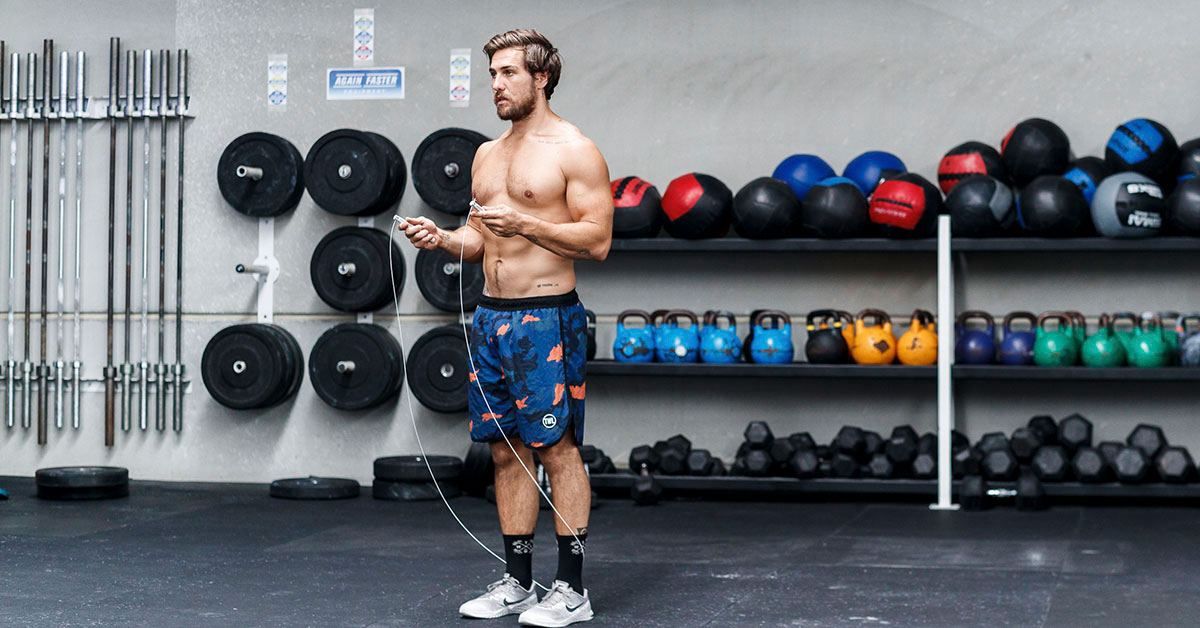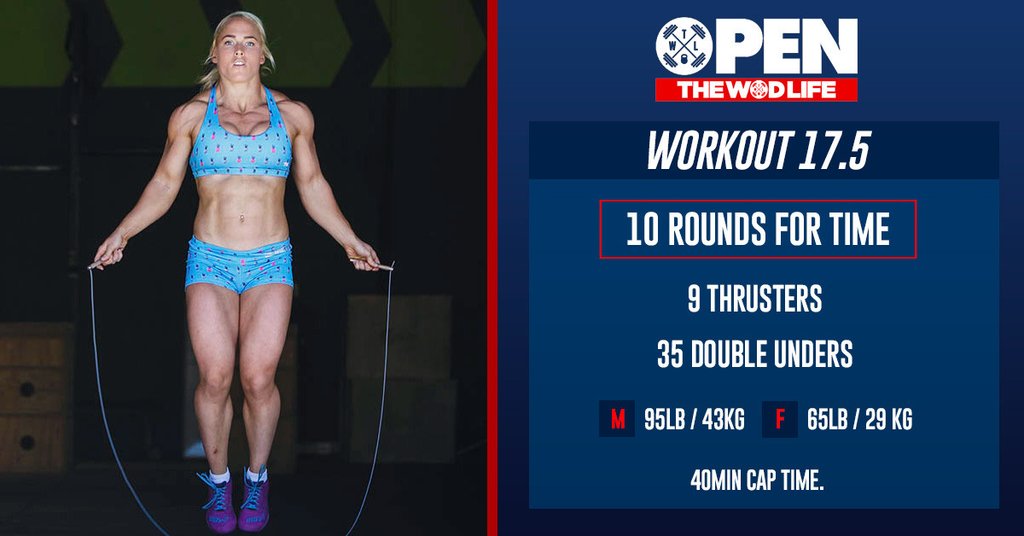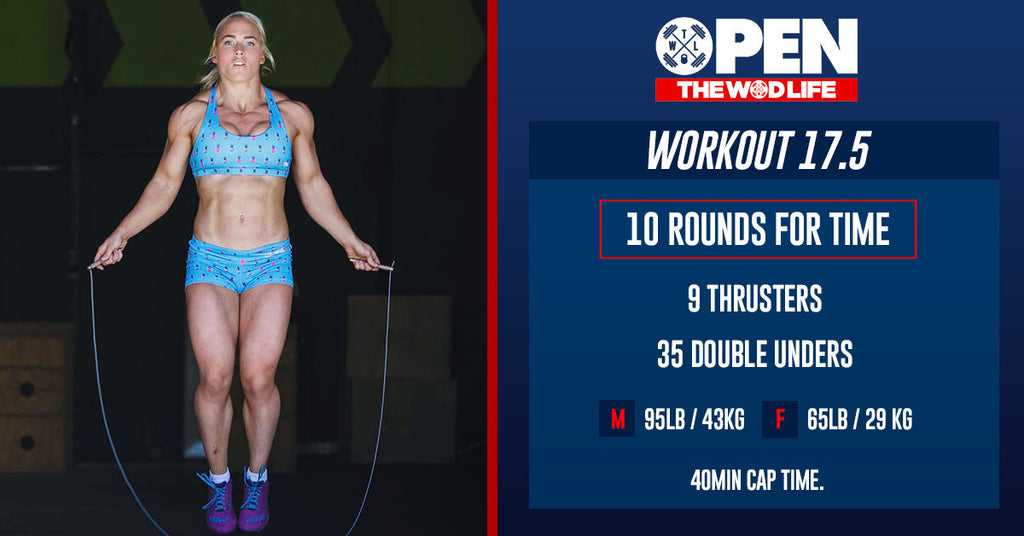Nothing proves you’re a functional fitness athlete quite like pulling your own jump rope out of your gym bag. Double-unders are an unavoidable part of the WOD life, and having your own perfectly sized rope is a big step toward jumping consistency. Whether it’s a speed rope or a plain old jump rope, here are the steps to size your rope.
How to Size Your Speed Rope
When your speed rope arrives, one handle might already be fastened to the end of the rope. If it is, excellent — leave it there!
Here’s how you can customize your rope so it fits your body perfectly.
Step 1: Step On It
Create enough slack in the rope to step on the middle of it with one foot.
Step 2: Adjust One Handle
Slide the handles until they reach the middle of your chest. Use that as a guide to know where to cut the rope at the second, unfastened handle.
Step 3: Trim the Excess Rope
Using sharp cable cutters, trim the excess rope. Double check your rope length. Adjust as needed.
The rope’s end should be cut flush with the handle.
Step 4: Tighten the Handle
Using an Allen key, tighten the screw until it bottoms out into the cable.
View this post on Instagram
But why is rope length such a big deal? Whether you are a beginner or a veteran jump roper, having a rope that is too long or too short can literally trip you up. A rope that is too long will drag along the ground and require more energy to turn. A rope that is too short will be more likely to cut you off at your feet and force you into a hunched position when performing double-unders.
Plus, the more a rope drags on the ground, the faster it’s going to wear down. A properly sized rope is important to maintain its quality.
The sweet spot is a rope whose ends (not the handles) reach your mid-chest, but beginners may want to start longer and more advanced jumpers can shorten their rope to increase efficiency.
Where does the rope hit the ground? If it hits the ground more than a foot in front of you, it is too long. If it does not hit the ground at all and you are consistently tripping over it, it may be too short — or your hands may be spread too wide.
Double-unders are one of the most challenging movements to learn, but with a perfectly sized rope of your own, you will be well on your way to mastering them.



